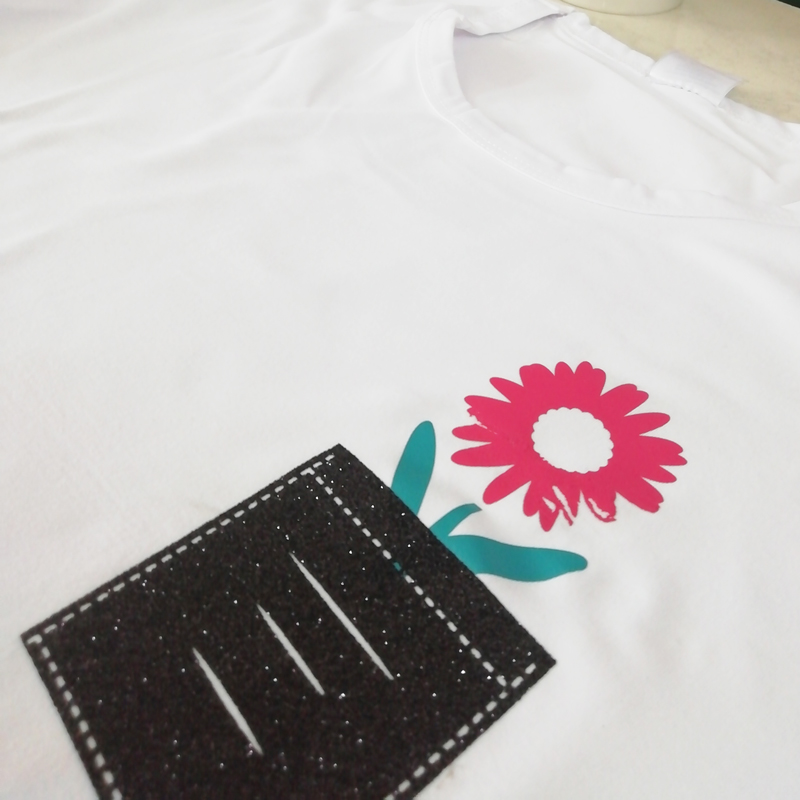Have you ever tough heat transfer vinyl (HTV) shedding a tee shirt or having bubbles simply when applying the T-shirt? perhaps you're thinking that it'll adhere properly, however when laundry it some times, you discover that the warmth transfer vinyl peels off. does one understand why your heat transfer vinyl peeling when laundry. i'll discuss the causes of HTV shedding and also the measures required to resolve the matter.

Why is my heat transfer vinyl peeling when washing?
The main reason for HTV peeling or bubbles is also the inaccurate peeling methodology. There area unit continually 2 ways offered for this method, they're hot peeling and cold peeling. does one peel the vinyl liner once the vinyl is hot, or sit up for it to chill down? that methodology is correct? As continually, it is best to ascertain the vinyl record directions.

Warm Peel
This means you'll take away it from the article once it feels deal the bit, that is that the easiest method. Please note that don't perform this operation at high temperatures, otherwise you will get eviscerate.
If you let it cool utterly, it ought to still work, as a result of most vinyls can take longer to get rid of.
The warm peel contains a liner, and also the back of the liner is sticky.
Cold Peel
This time, you've got no alternative however to attend till the article has utterly cooled down before shedding the liner. If you do not wait, the article is probably going to warp, blister, peel off or maybe stretch.
Cold peel sort vinyl won't have a sticky liner.
These area unit different potential reasons for your peeling drawback.
Make sure to follow the directions
All vinyls keep company with directions. simply follow them to induce the simplest results. it's necessary to line the time, temperature and pressure settings properly to properly befits HTV.
Of course, if you employ associate degree iron, it's tough to place pressure on an outsized style.
This is why we have a tendency to like better to use a heat press rather than associate degree iron, as a result of then you'll set and management these settings.
You should additionally contemplate the surface on that the tee shirt is placed.
Do not use stone, granite or different surfaces which will absorb the warmth generated by iron. additionally, don't use ironing boards or different surfaces that can't still apply firm pressure.
If you employ associate degree iron, please keep in mind the subsequent tips.
Use cotton settings.
Do not use steam.
When applying, don't place the opening at very cheap of the iron on high of the vinyl.
When pressing down the iron, apply the maximum amount pressure as potential.
15 to twenty seconds ought to be enough to complete this operation.
Consider material
Did you recognize that matching the vinyl sort to the proper material sort is important? therefore, first, check the label on the shirt to visualize the feel of the shirt. Next, use the list below to visualize if you're victimisation the proper style of vinyl for your shirt.
Nylon: Most craft enthusiasts prefer to use nylon shirts, which suggests you would like to shop for heat transfer vinyl for nylon.
Spandex: If you're victimisation cloth, you must use Vinyl that likes to stay to cloth.
Other types: For shirts made from cotton, polyester, cotton/polyester blends, etc., the safest alternative is HTVRONT Vinyl.
The presence of buttons, collars, thick seams and zippers
The raised space will certainly have an effect on the position of the HTV and also the subsequent pressure applied.
Consider using heat transfer pillows to resolve these issues. Otherwise, please avoid these areas briefly, particularly for beginners.
The heat transfer pillow may be a soft foam sq., utterly basined during a non-stick material. they're accustomed create buttons, pockets, collars, thick seams and zippers absorbed by these pillows. this can modify you to use consistent pressure throughout the HTV method. The method it works is to insert these pillows into these raised surfaces. this can enable consistent pressure to be applied.
You can additionally use heat transfer pillows on backpacks, polo shirts, belted hoodies, belted sweatpants or hoodie pockets.
Check material coating
Fabrics with special coatings (such as waterproof and incombustible fabrics) will cause issues on HTV. the rationale for this can be that the vinyl sticks solely to the fibers, and any excess can stop the vinyl from functioning properly.
Use material chemical
The fabric chemical adds a layer of coating between the fibers of the garment. As mentioned earlier, coatings will cause HTV complications. you'll solve this drawback by avoiding pre-washing garments, or a minimum of do not use material softeners.
Check the warmth press
I recommend you check the warmth press frequently to form certain it's operating properly. it's well-known that there area unit some hot presses, and cold spots or hot spots usually seem within.
You must understand wherever these locations area unit right away in order that you'll contin if potential. Otherwise, please repair this heat press or use a temperature gun to ascertain these spots.
In some cases, the constituent within the heat press has simply stopped operating commonly. If this happens, you need to contemplate shopping for a brand new one.
There area unit different potential reasons for this. it's vital for you to know of these things in order that you'll avoid this error as a result of it'll waste your time beyond regulation and cash. If a blunder happens here, think about employing vinyl letters to get rid of the solvent.
How to take away heat transfer vinyl from the T-shirt?
Three separate ways will be effectively accustomed take away this heat transfer vinyl from T-shirts. They are:
By victimisation chemical solvents
By direct heating and steam
By victimisation iron
Will the iron fall off once laundry letters?
This will happen additional within the drier as a result of the warmth within the machine will soften the liquid employed in ornamental applications. it's potential that this stuff weren't properly cleansed before adding the planning to the garment.

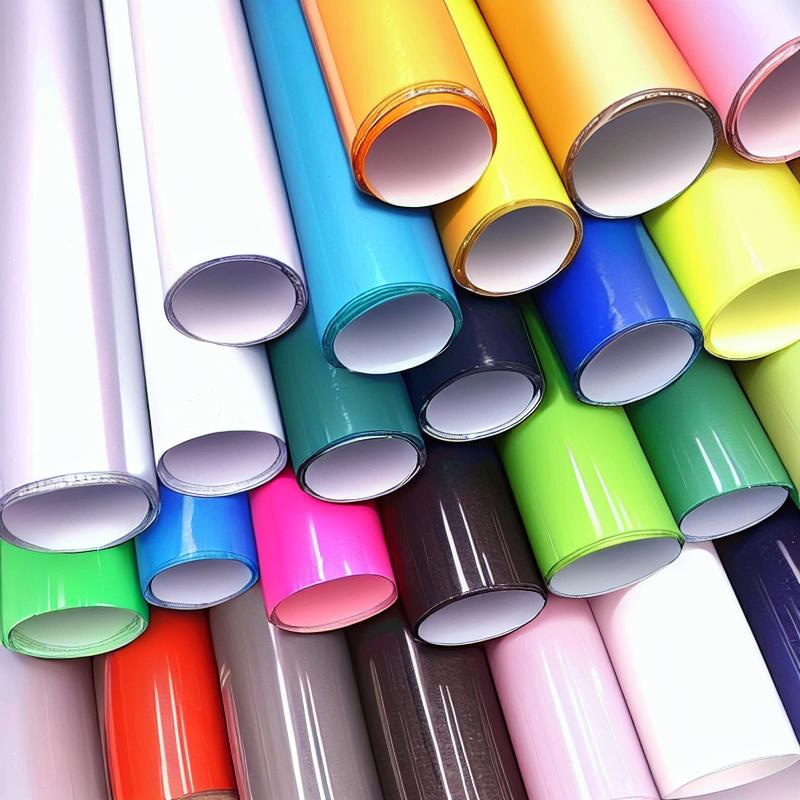
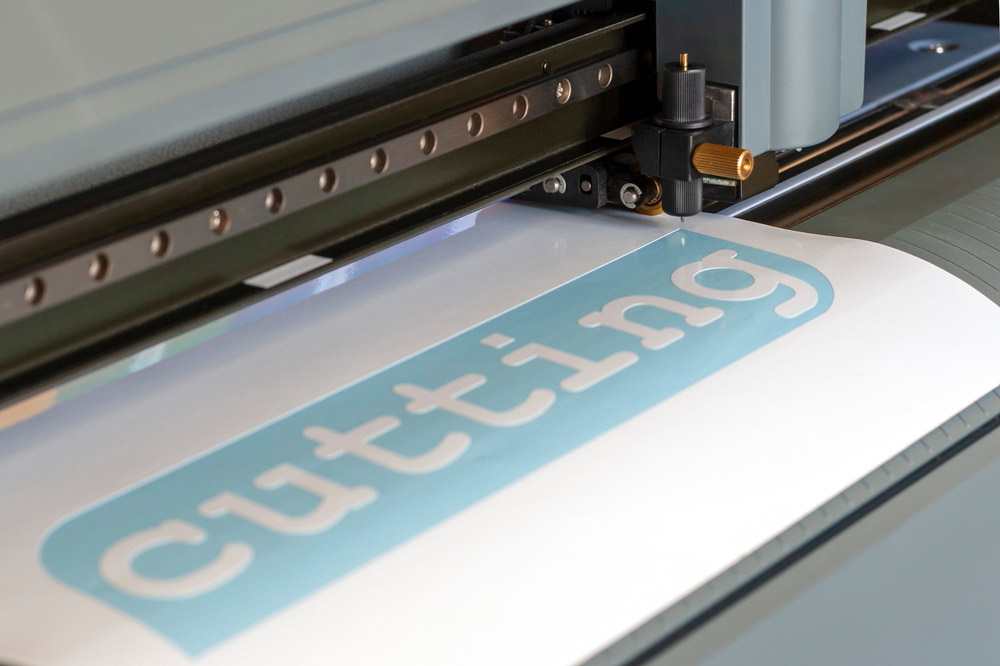
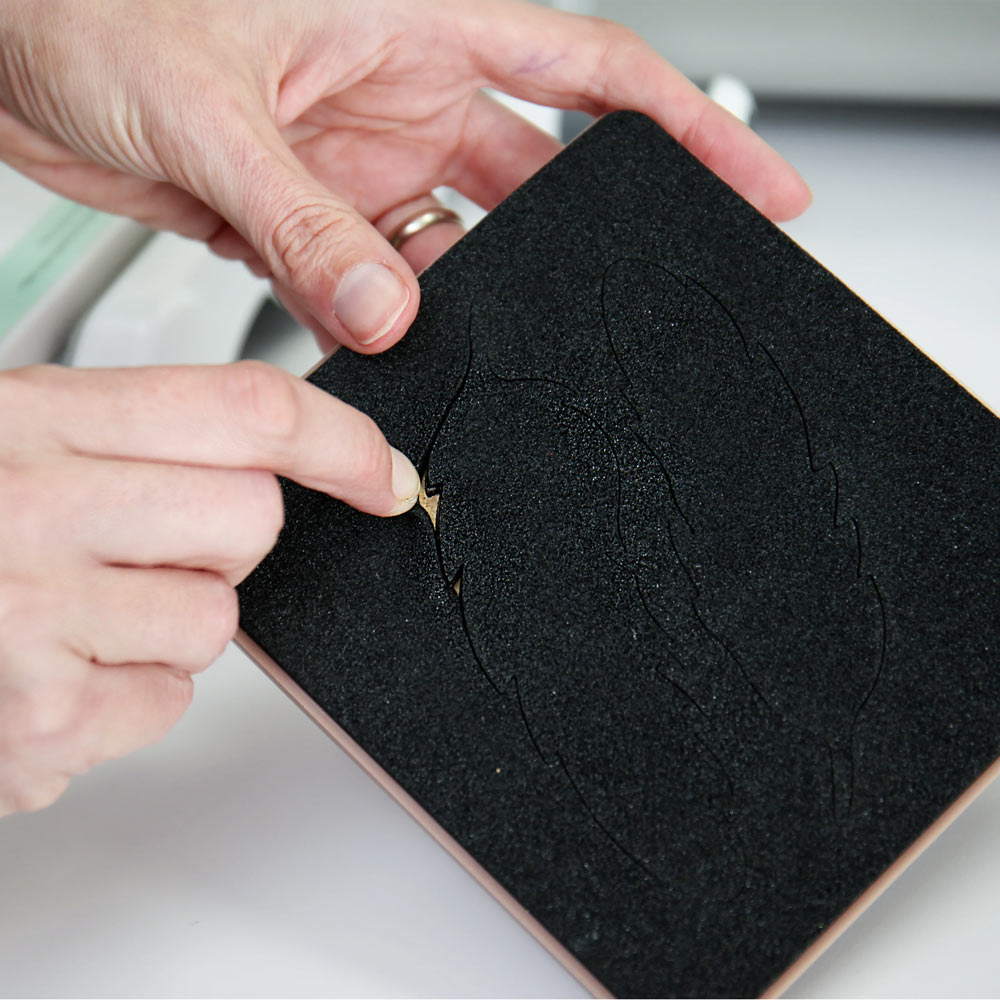
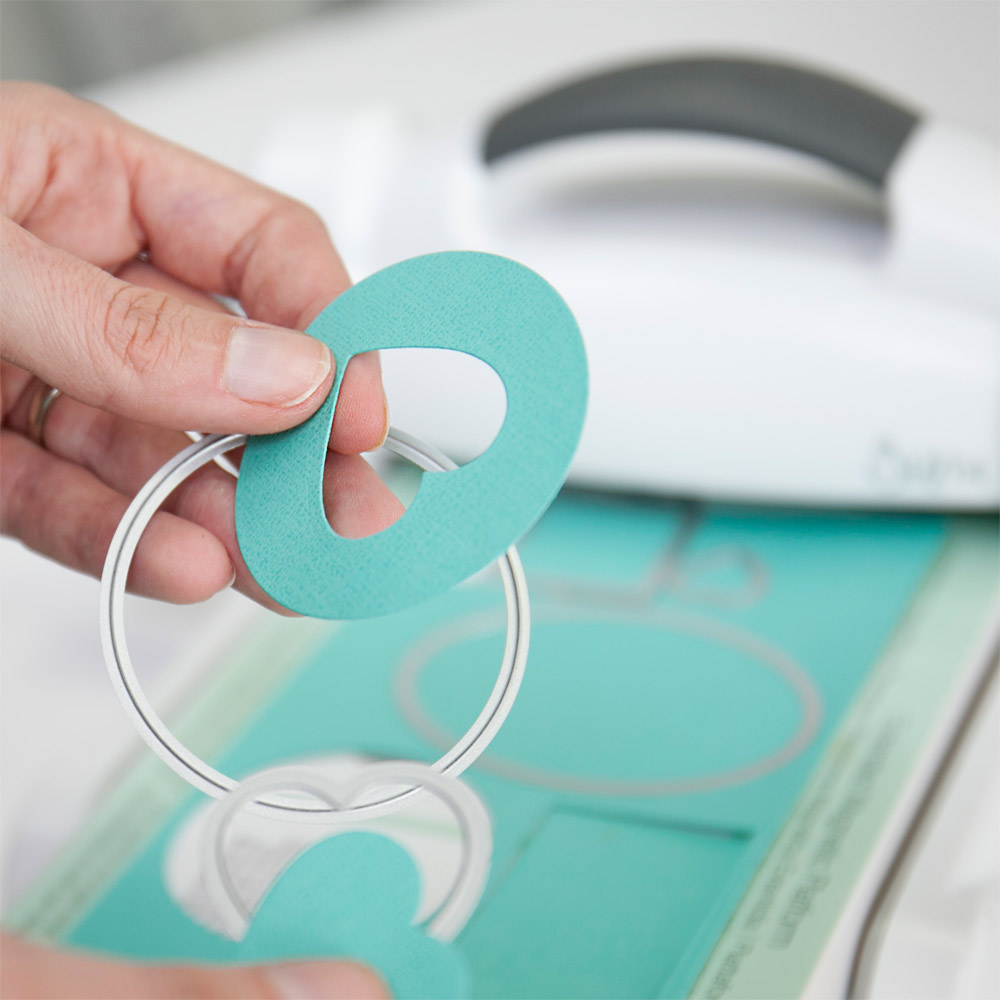
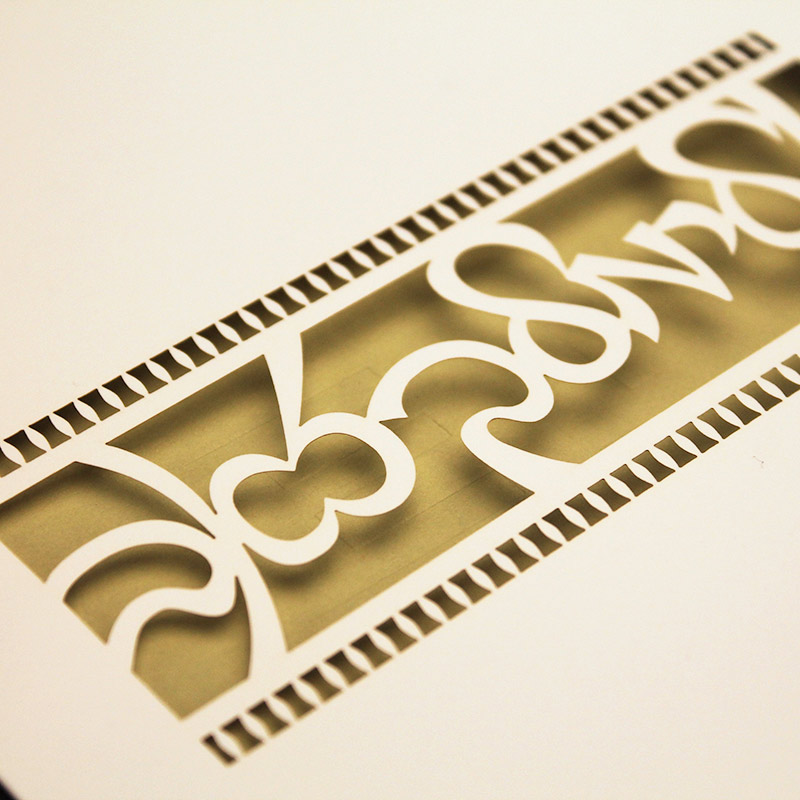

 China Import and Export Fair
China Import and Export Fair Focus On Products
Focus On Products